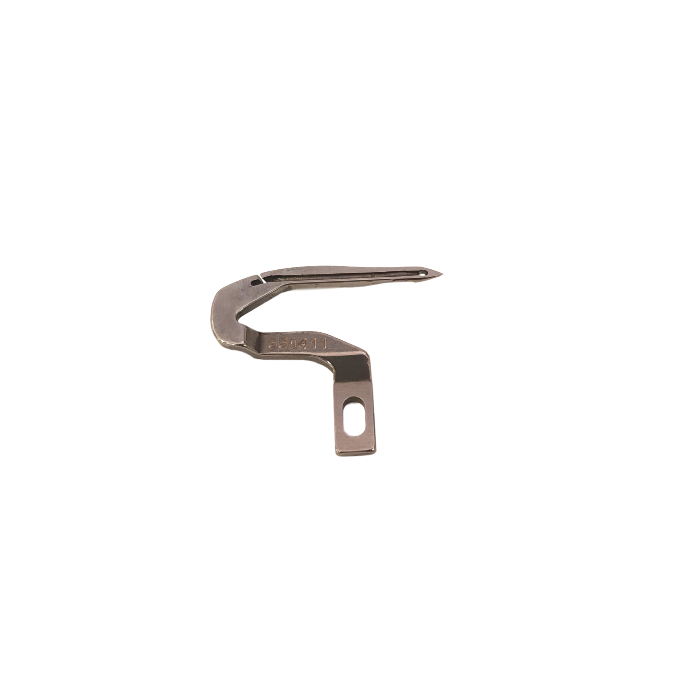
“Check that the loop station has the right kind of connections for your expected use,” DeLay says. Most loops will have one or more inputs, where you plug in your guitar, microphone, keyboard, etc. A bunch of loopers also let you add sound effects, to bend the pitch, say, or change up the tempo. Many loop stations let you add additional layers of sounds over what you’ve recorded (“overdubbing”), and some let you change the timing of your looped patterns (I.e. Hit another button to play back what you just recorded, whether it’s a guitar strumming pattern or a vocal pass. Place the loop station on a stand or on the floor, then hit a button to start and stop recording. Think of a loop station like an old-school tape recorder, only using your foot to control the recording panels versus pressing a button with your finger. DeLay calls Fripp “the godfather of looping,” as someone who “pushed the envelope of available technologies of the time to develop his ‘Frippertronics’ live looping system based on reel-to-reel tape machines.” How Does a Loop Station Work?īefore you purchase a loop station, it’s important to understand how they work. Math rockers Battles also use a loop station and pedals, DeLay says, “to recreate their dense, multi-layered arrangements.” And then there’s Robert Fripp, the British guitarist for artists like David Bowie and Brian Eno, and the main songwriter and lead guitarist for the progressive rock group, King Crimson.


In addition to Sheeran, Bird uses a computer-based loop station/digital audio workstation and a delay pedal to create his evolving, organic looped performances in real-time.


 0 kommentar(er)
0 kommentar(er)
